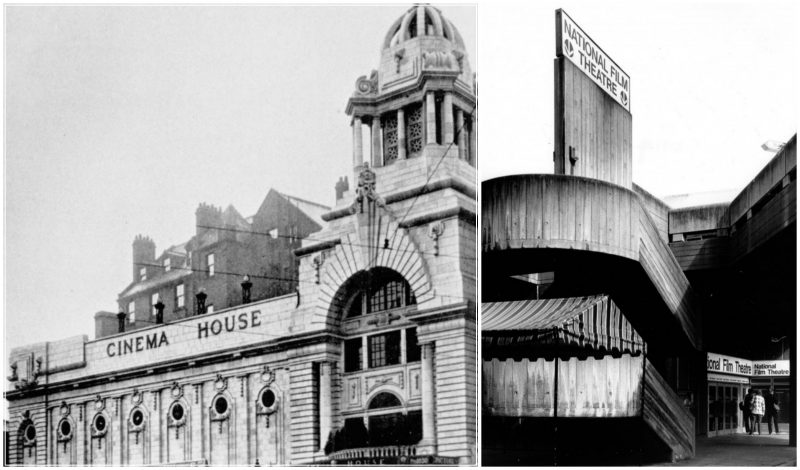The United Kingdom has had a significant film industry for over a century. While film production reached an all-time high in 1936, the “golden age” of British cinema is usually thought to have occurred in the 1940s, during which the directors David Lean, Michael Powell, (with Emeric Pressburger) and Carol Reed produced their most highly acclaimed work. Many British actors have achieved international fame and critical success, including Maggie Smith, Michael Caine, Sean Connery and Kate Winslet.Some of the films with the largest ever box office returns have been made in the United Kingdom, including the second and third highest-grossing film series (Harry Potter and James Bond).The identity of the British industry, and its relationship with Hollywood, has been the subject of debate. The history of film production in Britain has often been affected by attempts to compete with the American industry. The career of the producerAlexander Korda was marked by this objective, the Rank Organisation attempted to do so in the 1940s, and Goldcrest in the 1980s. Numerous British-born directors, including Alfred Hitchcockand Ridley Scott, and performers, such as Charlie Chaplin and Cary Grant, have achieved success primarily through their work in the United States.
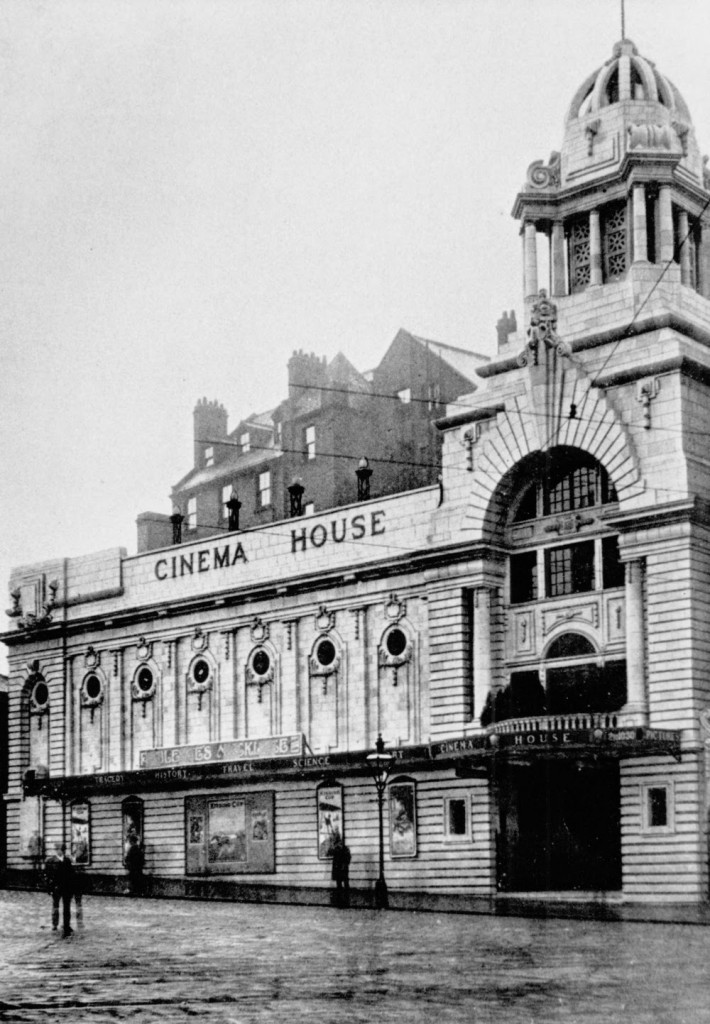
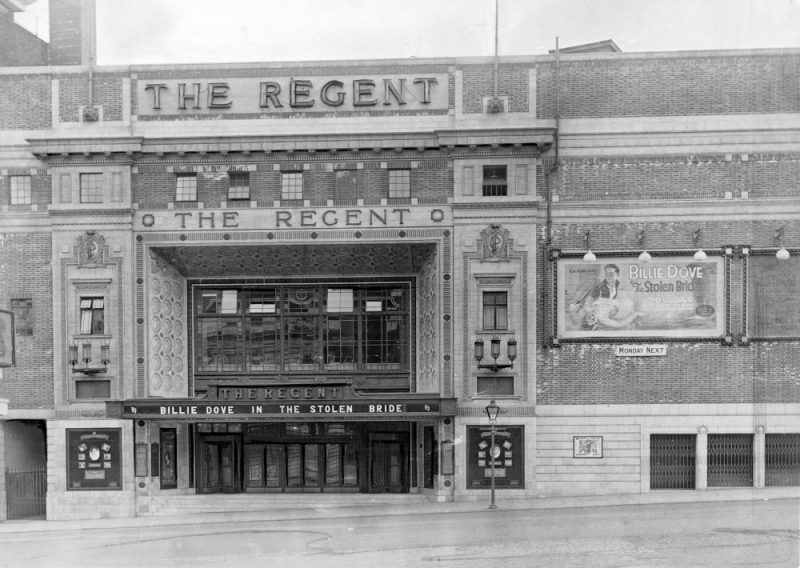
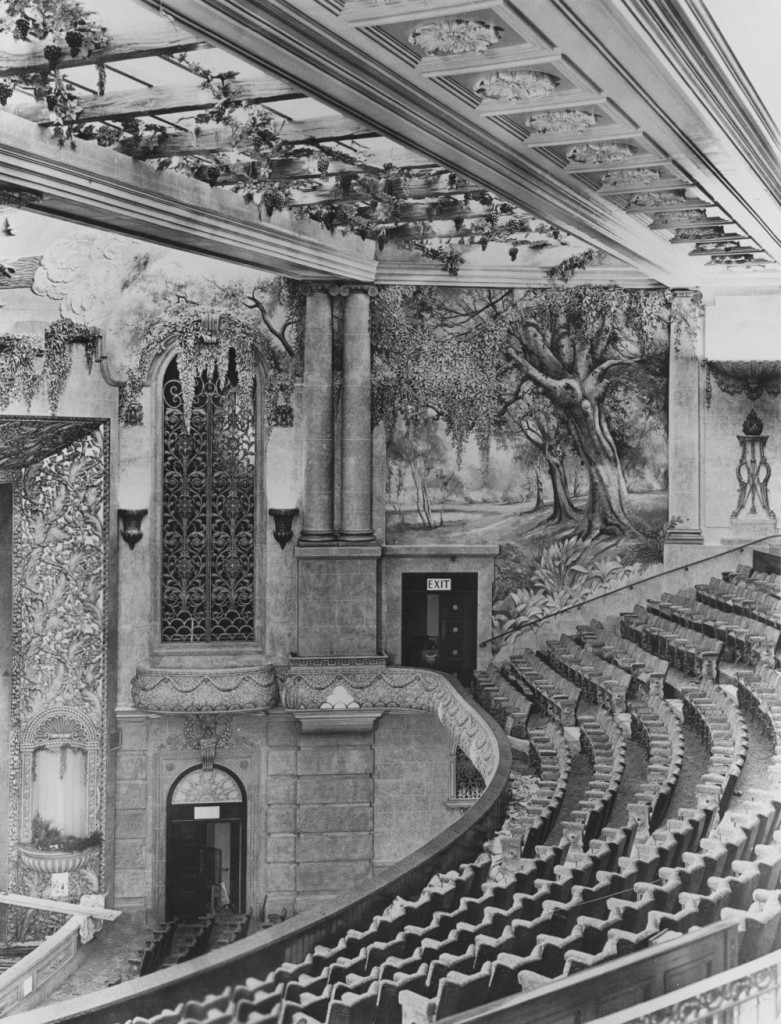
The Lumière brothers show first came to London in 1896. From 1898 American producer Charles Urban expanded the London-based Warwick Trading Company to produce British films, mostly documentary and news. He later formed his own Charles Urban Trading Company, which also produced early colour films.
The earliest film in colour in the world is, like other films made at the time, of everyday events. Made in 1902, it was found by the National Media Museum in Bradford after lying forgotten in an old tin for 110 years. The previous title for earliest colour film, using the Kinemacolour process, was thought to date from 1909 and was actually an inferior method. The newly discovered films were made by pioneer Edward Raymond Turner from London who patented his colour process on 22 March 1899.
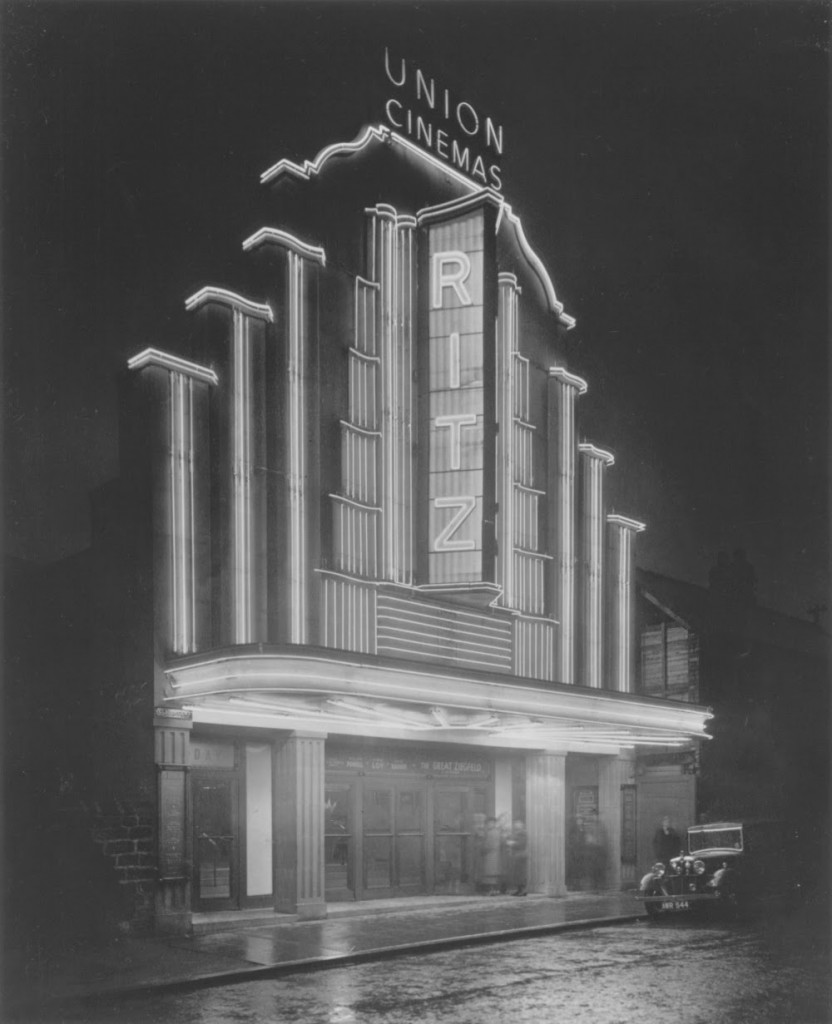
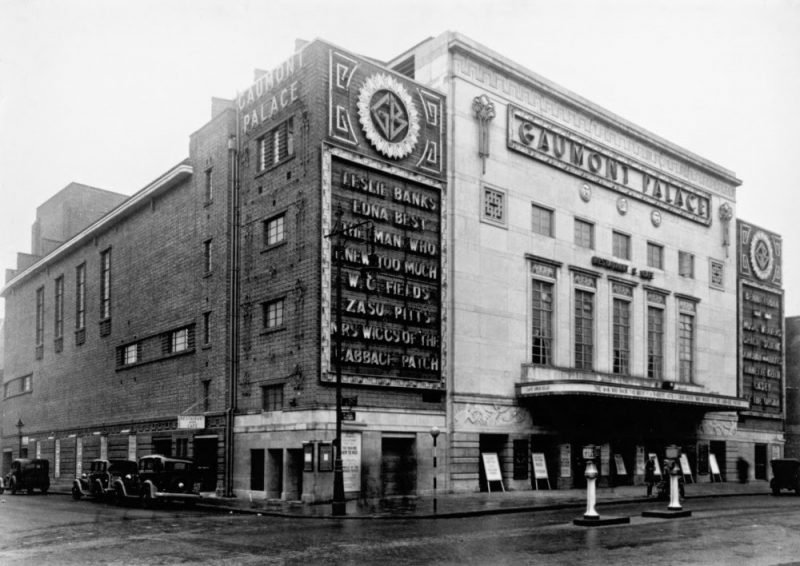
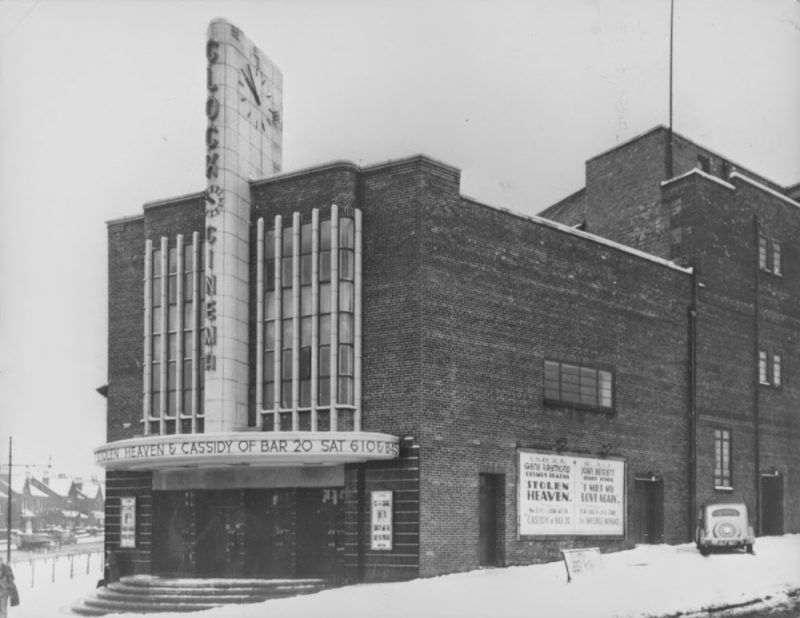
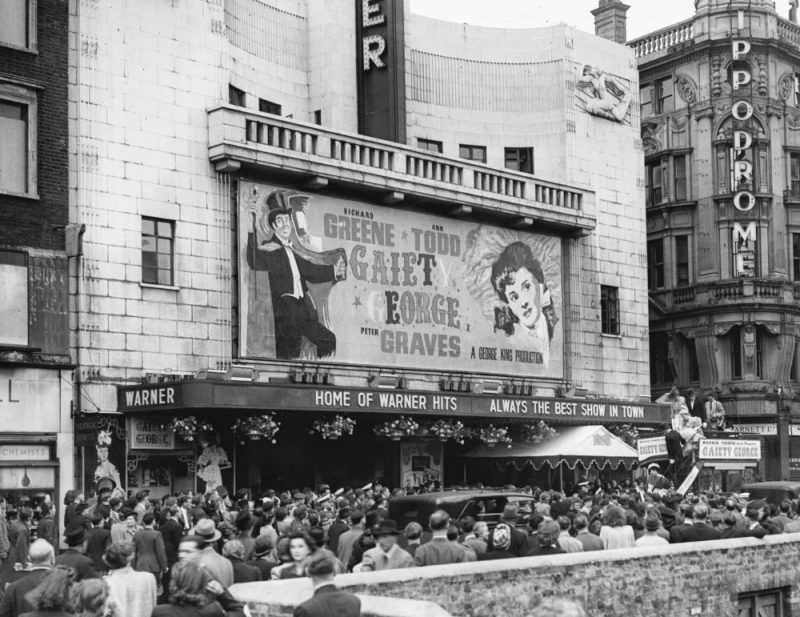
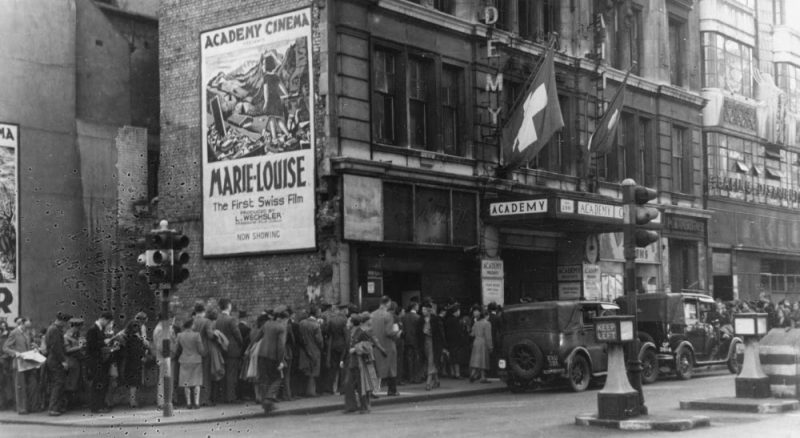
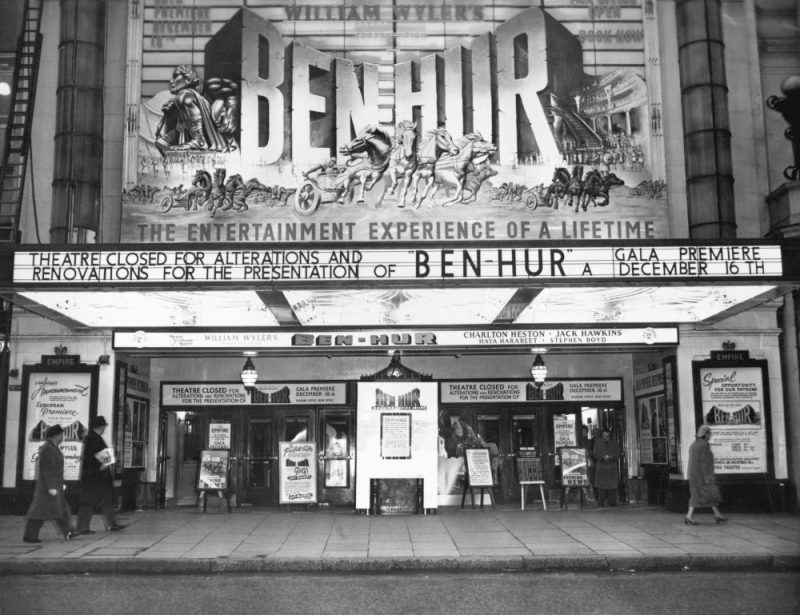
In 2009 British films grossed around $2 billion worldwide and achieved a market share of around 7% globally and 17% in the United Kingdom. UK box-office takings totalled £1.1 billion in 2012, with 172.5 million admissions. The British Film Institute has produced a poll ranking what they consider to be the 100 greatest British films of all time, the BFI Top 100 British films. The annual BAFTA awards hosted by the British Academy of Film and Television Arts are considered to be the British equivalent of the Academy Award
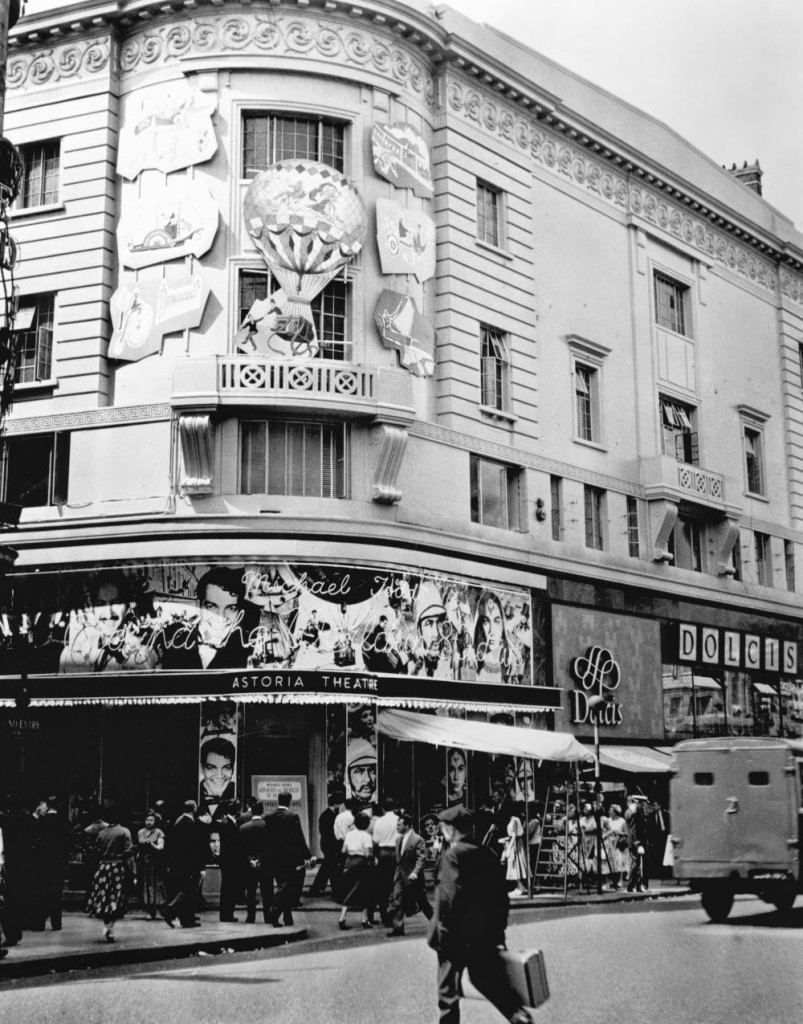
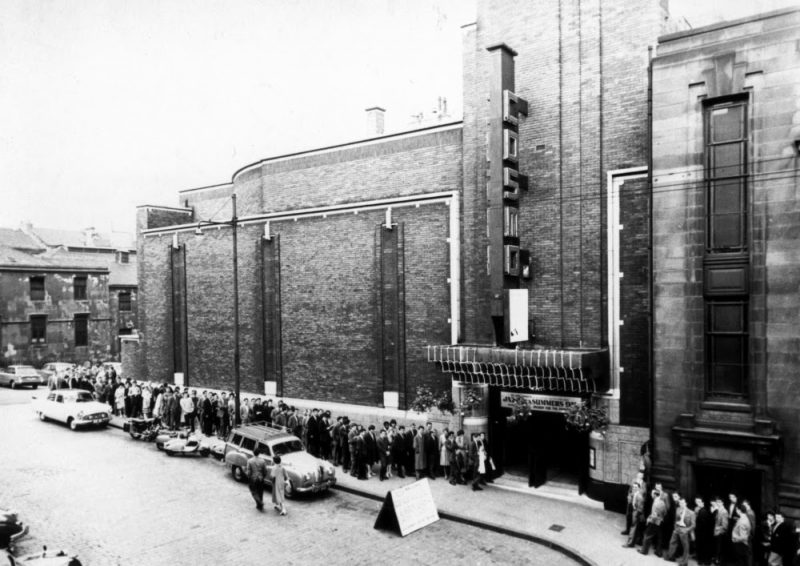
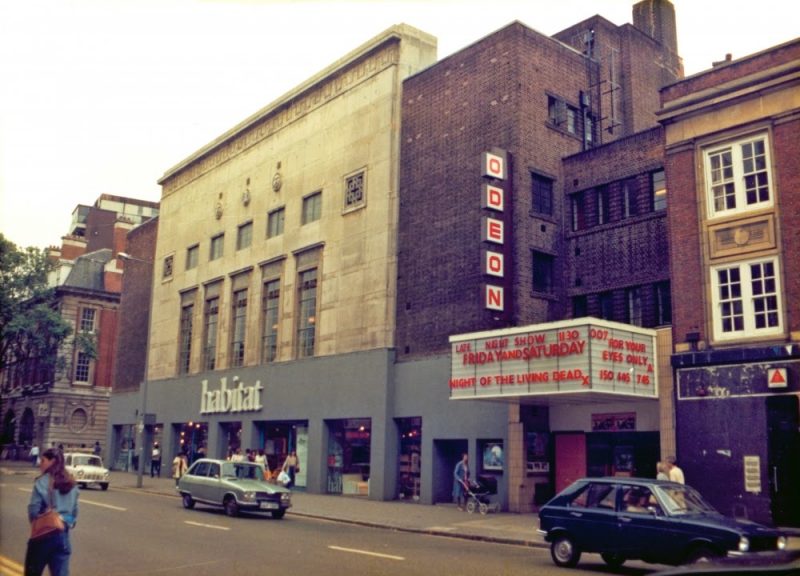
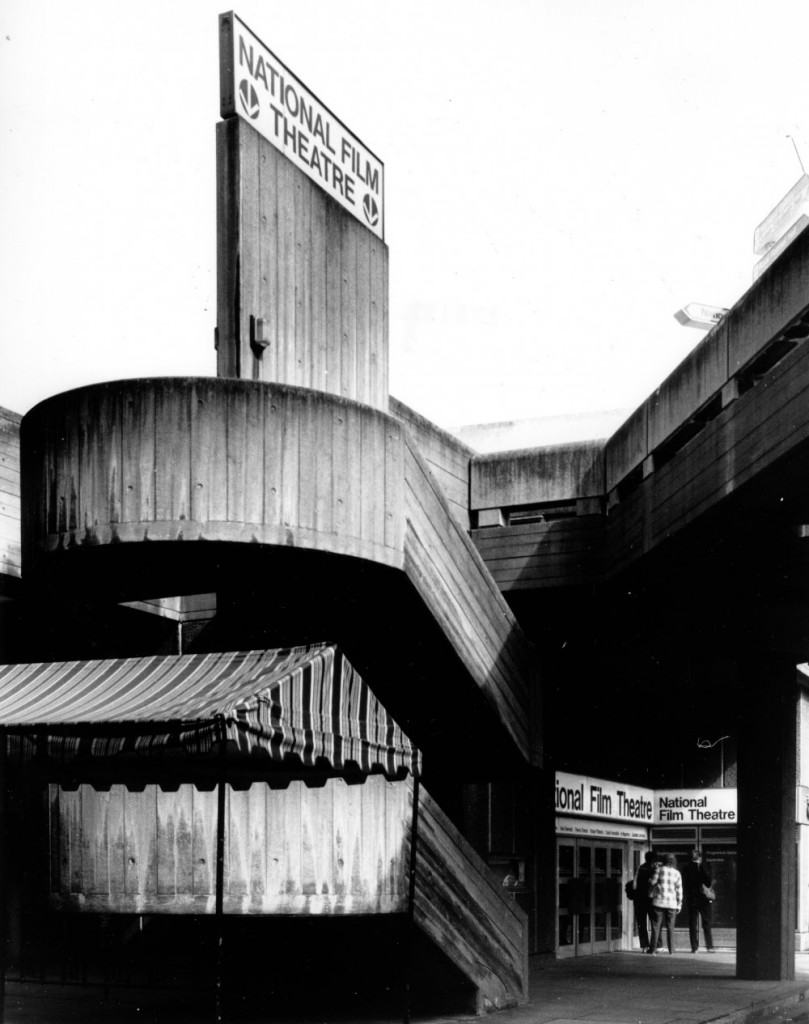
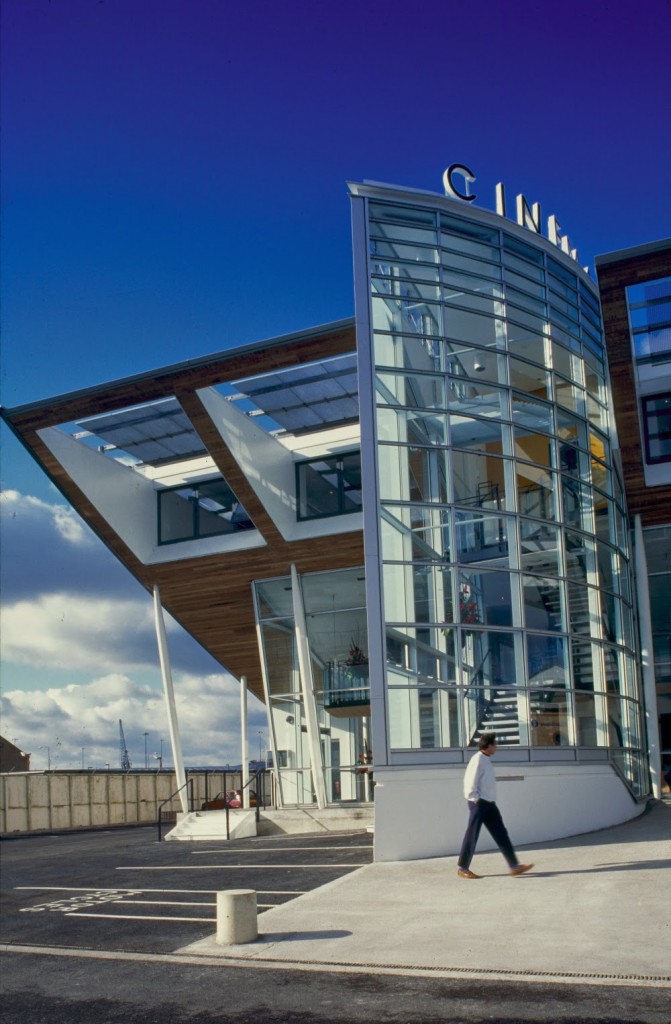
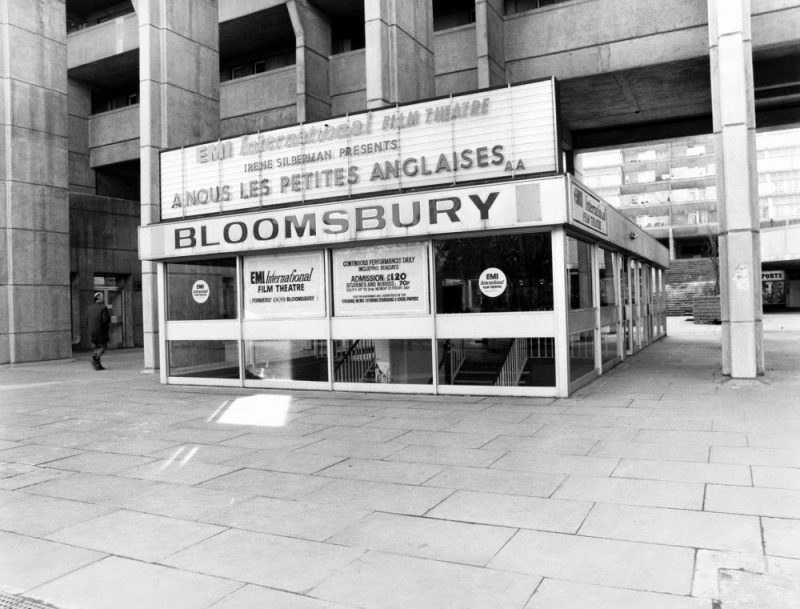
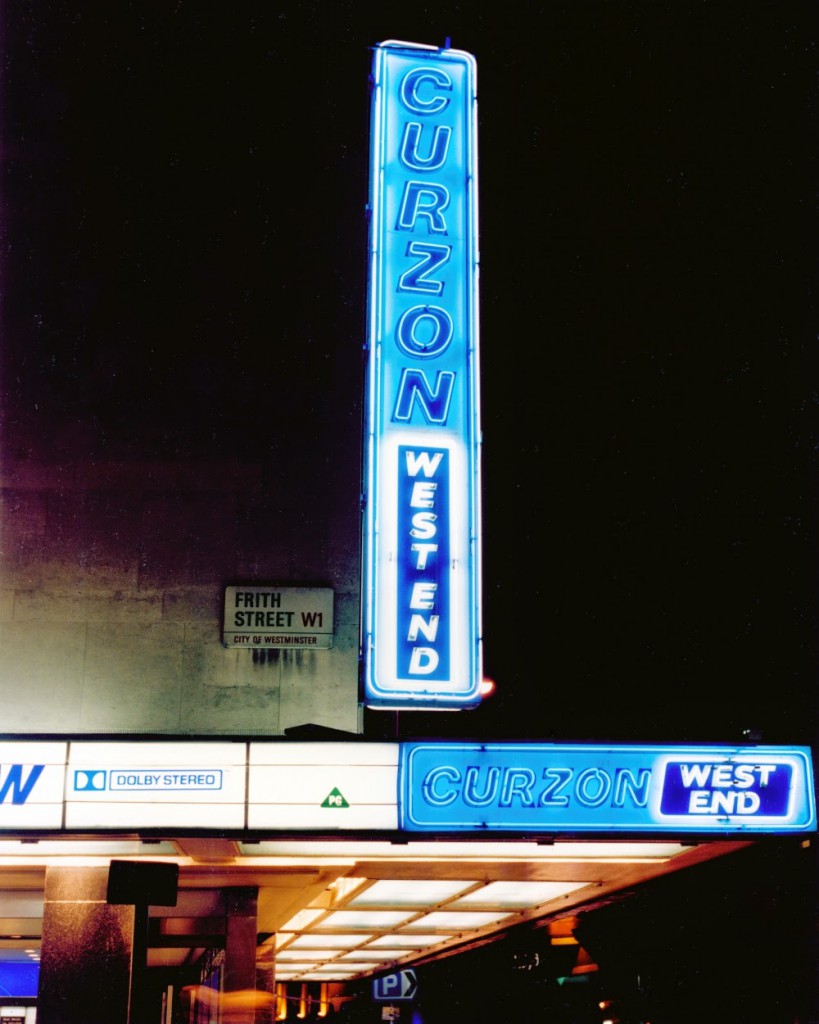
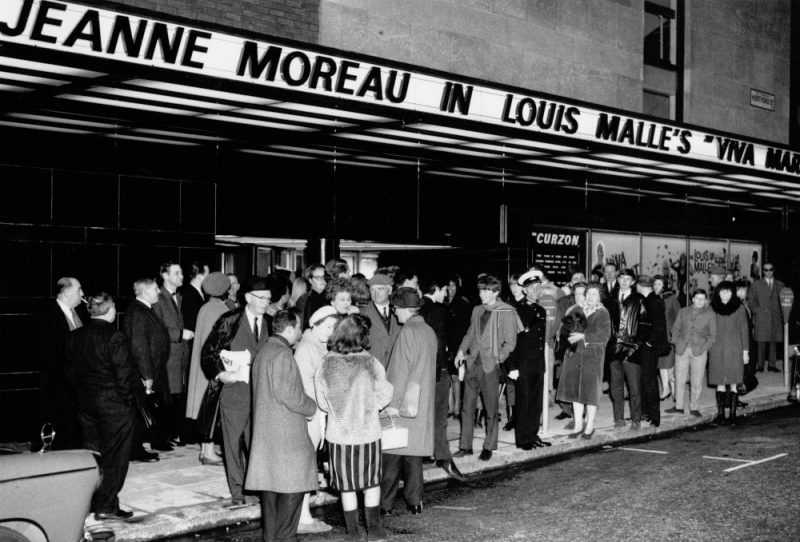
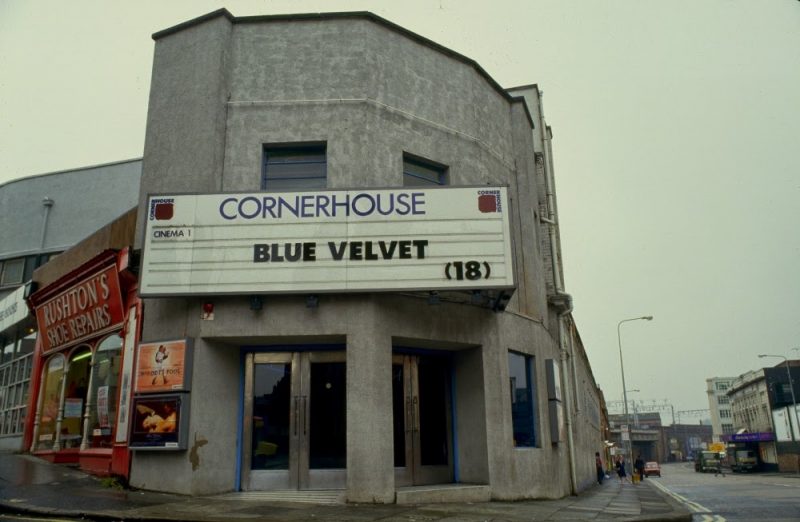
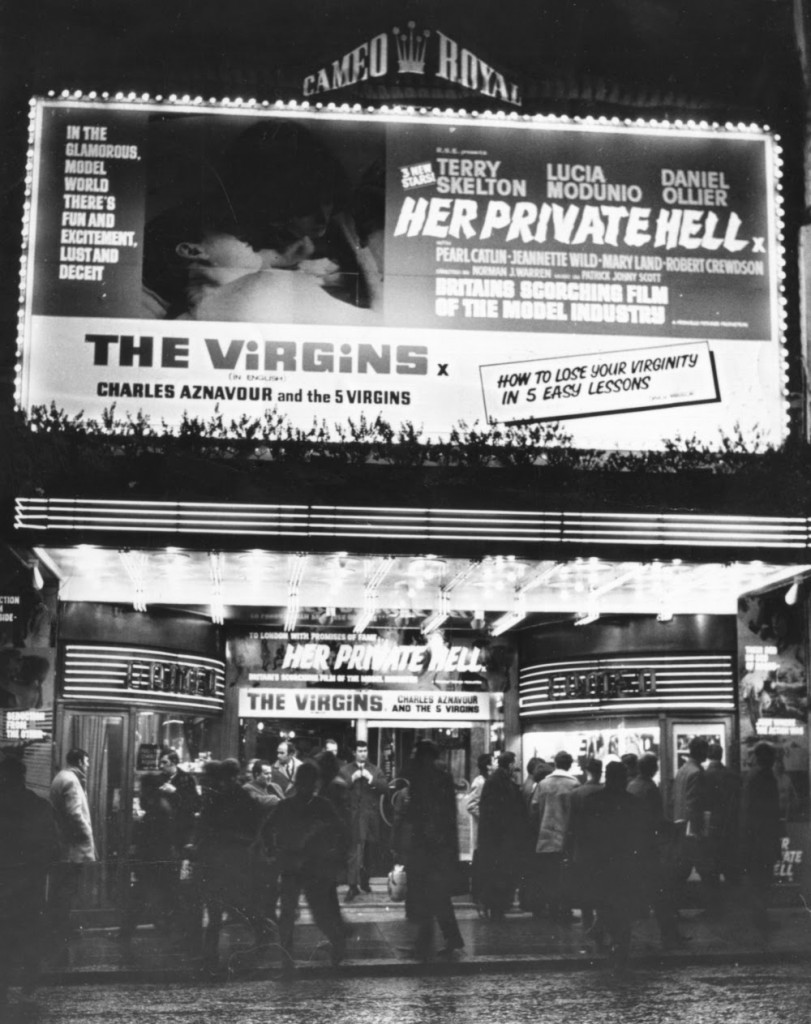
All Photos by BFI
